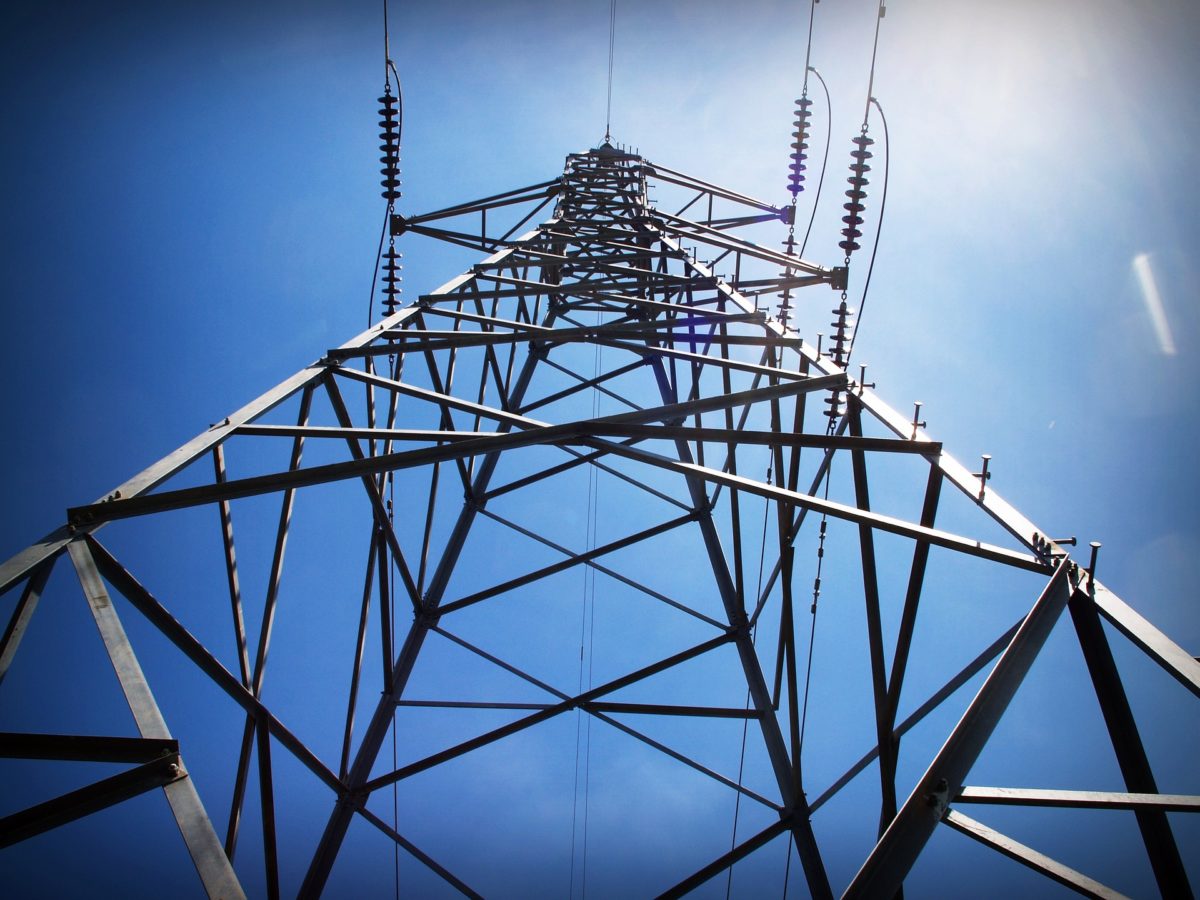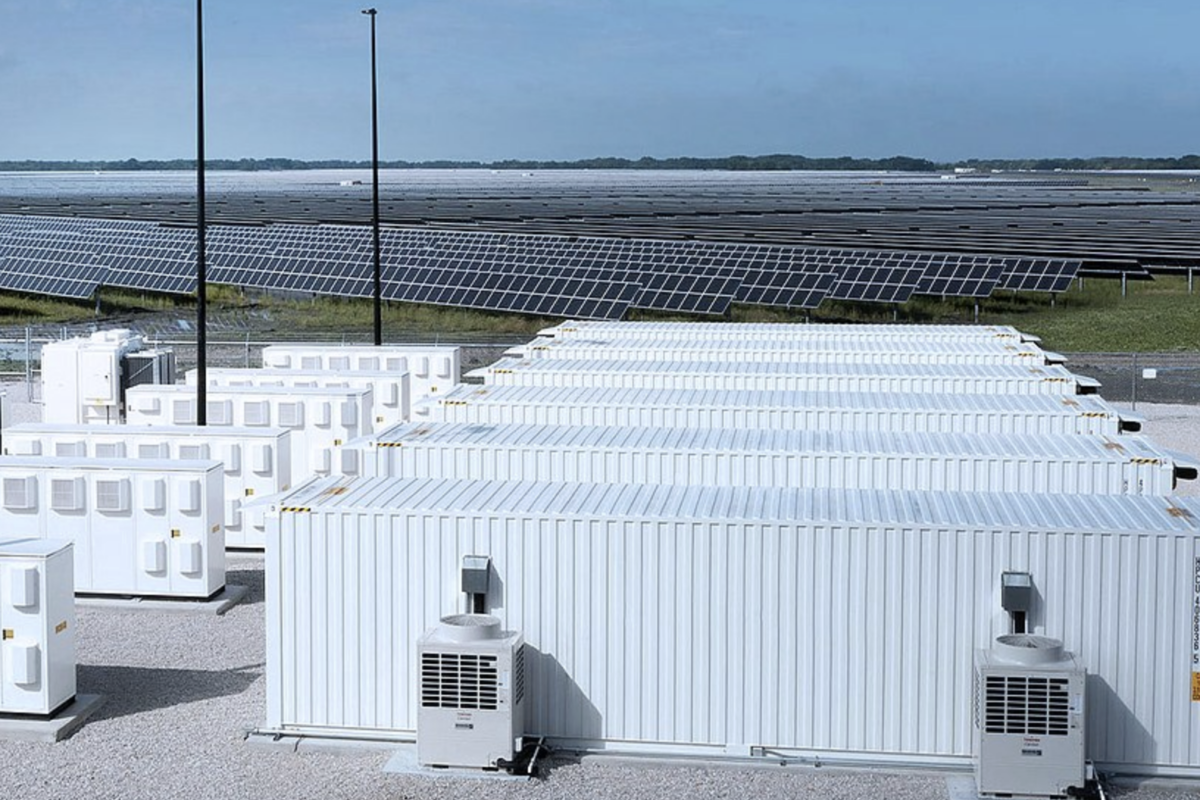Ever falling solar project costs are set to flatten out around 2035, according to a new publication by Norwegian quality assurance and risk management company DNV.
The More than the sun: The solar outlook report emphasizes the need for solar developers and investors to start focusing on driving up the value of the electricity generated, to avoid dwindling returns caused by price cannibalization. Increasing competition between developers and falling hardware costs are fast driving down the levelized cost of energy generated by rising global volumes of solar generation capacity, reducing profits for investors.
Faced with that prospect, developers can try to bear down further on costs and/or provide better quality electricity by firming its supply and dispatchability. Digitalization can address both strategies with, of course, DNV offering a range of such services.
While the price cannibalization issue has been around for a while, DNV has predicted when it will start to kick in and posited 2035 as the point at which reductions in module and inverter costs and, separately, total solar project costs will level off.
Though the report estimates the current global average $250/kW module-plus-inverter cost–and $725/kW total project expense–will fall to around $120/kW and $412.50/kW, respectively, by mid century, the associated graph offers little change after 2035.
Similarly, DNV predicts the volume of new solar generation capacity deployed in Europe and North America will begin to slow from 2030 and will plateau from 2040, thanks to price cannibalization. The company noted the solar ‘duck curve‘ already seen in PV-rich California, which sees gas peaker plants ramped up as electricity demand rises in the evening, as well as the grid capacity constraints which have delayed solar deployment in Australia.
Referring to its 2020 Energy Transition Outlook report, DNV reiterates the prediction the world will have 1.5 TW of solar capacity by 2026 and 2.9 TW by 2030 but adds, in one chapter heading: “Solar’s success won’t depend solely on the lower cost or greater nameplate efficiency of the hardware,” but will also require greater dispatchability through the use of short and long term energy storage, demand response, and smarter inverters.
This content is protected by copyright and may not be reused. If you want to cooperate with us and would like to reuse some of our content, please contact: editors@pv-magazine.com.




I fail to se why this should be seen as a problem for solar developers. With the exception of smarter inverters (surely a limited contribution), they have no particular advantage in providing storage. Some forms of this – pumped hydro and V2G- they can’t sensibly provide at all. It’s better to treat storage and intermittent supply as distinct markets. Sometimes they can usefully be bundled, sometimes not.
Thanks for sharing your thoughts about situs slot terpercaya.
Regards